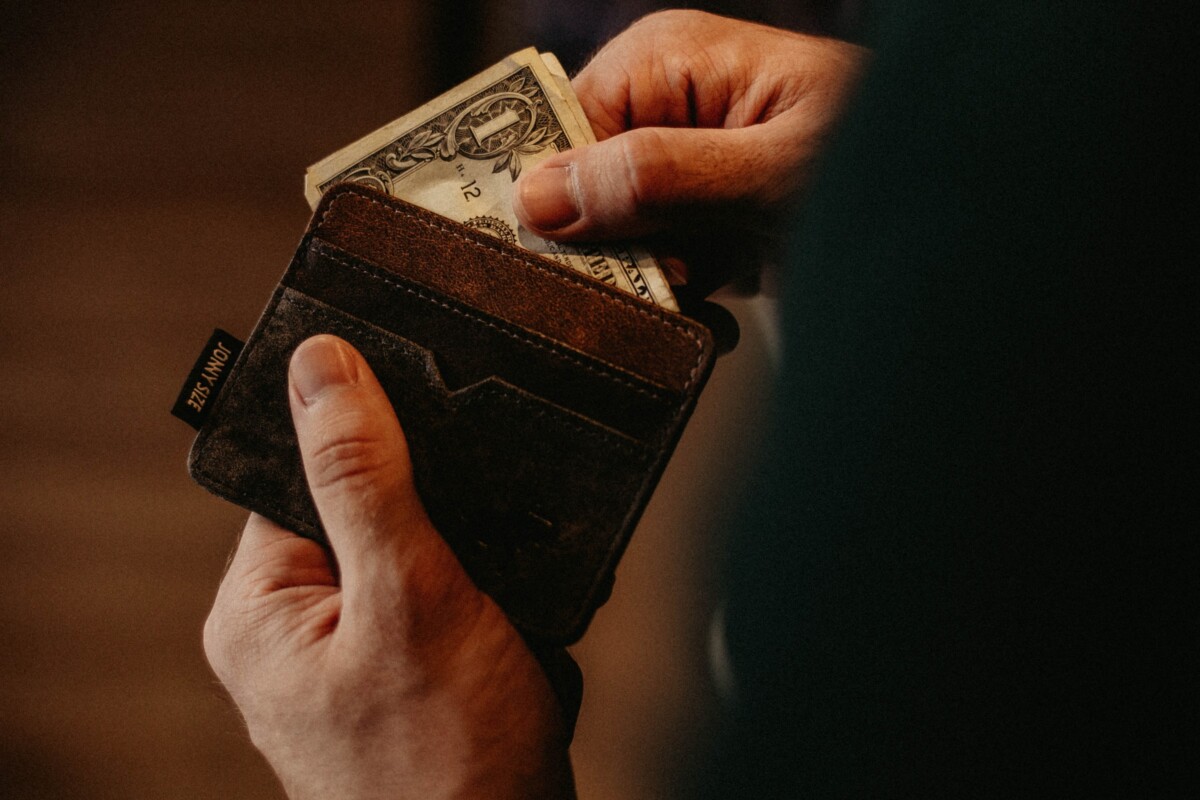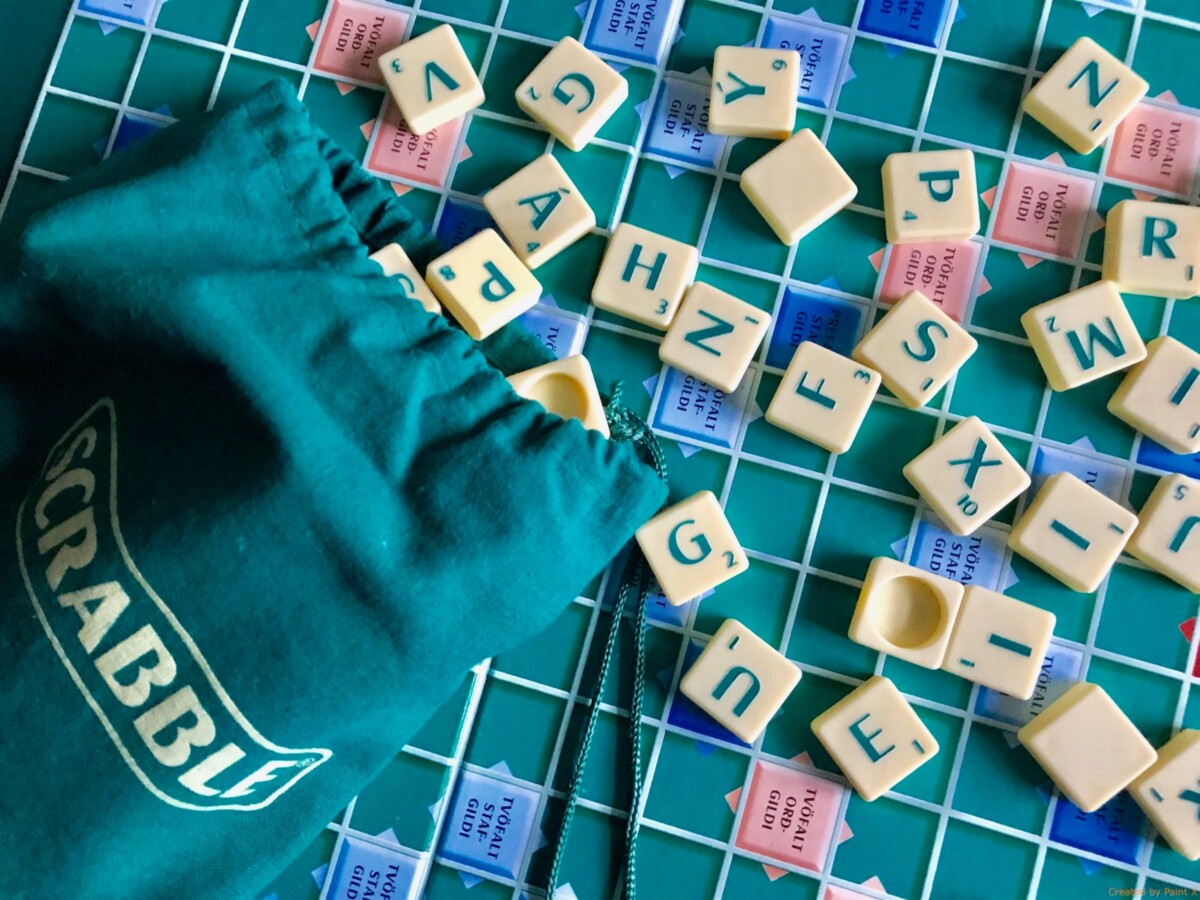The Supreme Court would decide whether students’ social media posts are considered “off-campus expression,” meaning they are not under the influence of teachers or schools.
The Supreme Court will hear the most critical case on student 1st Amendment rights in decades on Wednesday, which will eventually determine whether students are entitled to post lewd, cruel, or racist remarks about their teachers, coaches, peers, or school in the age of social media.
The question is whether social media posts are considered “off-campus expression” that is not under the jurisdiction of teachers or schools.
It’s a special situation in which the result might have ramifications for any public school in the country, but only if the justices can draw a finer line between students’ rights and school officials’ disciplinary authority.
Since 1969, the Supreme Court has ruled that students have the right to freedom of speech at school, including wearing black armbands to protest the Vietnam War, among other things.
However, the seminal Tinker vs. Des Moines decision was a compromise. It also stated that school officials had “comprehensive authority” to regulate behavior and that speech that could cause “substantial disturbances” or “disorders on school grounds” will be prohibited.
With the advent of social media sites like Twitter, Instagram, and TikTok, it’s unclear if offensive posts that spread rapidly through a school community are beyond the control of school officials.
Students wrongly depicted a principal as a “sex-obsessed pedophile,” facilitated cheating by publishing test questions and answers in advance, encouraged bullying an unpopular classmate, and attempted to kill a teacher, according to judges and lawyers.
The case in front of the court this week stemmed from a Pennsylvania girl’s F-word outburst on Snapchat after learning she had not made the varsity cheerleading squad.
“F— school, F— softball, F— cheer, F— everything,” she wrote in a picture with her middle finger raised.
Her Saturday afternoon message was circulated throughout the school, including to her coaches. They removed her from the junior varsity squad, citing team rules that required cheerleaders to display “respect” for the school, coaches, and other cheerleaders, as well as refrain from using “offensive language and gestures.”
She and her parents filed a lawsuit in federal court, claiming a 1st Amendment violation and requesting an order restoring her to the squad. Her brief outburst did not trigger a significant disturbance at school, according to a federal judge.
When the Mahanoy Area School District filed an appeal, the 3rd Circuit Court in Philadelphia made history by issuing a large decision in favor of the teen.
“We hold today that Tinker does not apply to off-campus speech — that is, speech that is outside school-owned, -operated or -supervised channels and that is not reasonably interpreted as bearing the school’s imprimatur,” the appeals court said last year.
The girl’s words were “protected expression” spoken on Saturday afternoon, according to the opinion, which would have been outside the reach of school officials in a previous period.
“New communicative technologies open new territories where regulators might seek to suppress speech they consider inappropriate, uncouth or provocative. And we cannot permit such efforts, no matter how well-intentioned, without sacrificing precious freedoms that the 1st Amendment protects,” wrote Judge Cheryl Ann Krause, an appointee of President Obama. She was joined by Judge Stephanos Bibas, a Trump appointee.
“True, our rule leaves some vulgar, crude or offensive speech beyond the power of schools to regulate,” she said, but shielding such online postings from oversight “provides much-needed clarity to students and officials alike.”
However, the decision was not without conditions. If a court were “confronted with off-campus student speech threatening violence or bullying specific students or teachers,” she said, things could be different.
The 3rd Circuit’s limited decision prompted a Supreme Court appeal. The school district’s lawyers cited lawsuits against schools for disciplining students who sent racist and anti-Semitic messages to Black and Jewish students. They also stated that schools in California and 25 other states are mandated to protect students from bullying and harassment by their peers.
“The 1st Amendment is not a territorial straightjacket that forces schools to ignore speech that disrupts the school environment or invades other students’ rights just because students launched that speech from five feet outside the schoolhouse gate,” they said.
In January, the Supreme Court agreed to hear Mahanoy Area School District vs. B.L., a case that would determine if public school administrators have the authority to “regulate speech that would materially and significantly impair the function and instruction of the school,” even if it originates off-campus.
The school district’s lawyers argued that social media posts could cause “significant disruption” at school and therefore should be monitored. They did not state that the girl’s posting caused a disruption at school, but they did tell the court that the question should be sent back to a district judge to be reconsidered.




